Aeroponics was first introduced in the 1920s, although it didn’t catch on as a popular method for growing plants until the 1980s. Till then, it was a mere academic study waiting for implementation into commercial and hobby farming.
The idea of growing plants without soil is a very foreign concept to most people. One of the major early adopters was NASA, they experimented with Aeroponics as a method of growing plants aboard space flights. This gave them huge weight savings over storing large amounts of food onboard the space shuttle.
As you’ll see below, the origins of aeroponics is full of interesting and unexpected twists. Through experimentation and commercial adoption the technology is becoming a mainstream solution in the ever evolving agriculture industry.
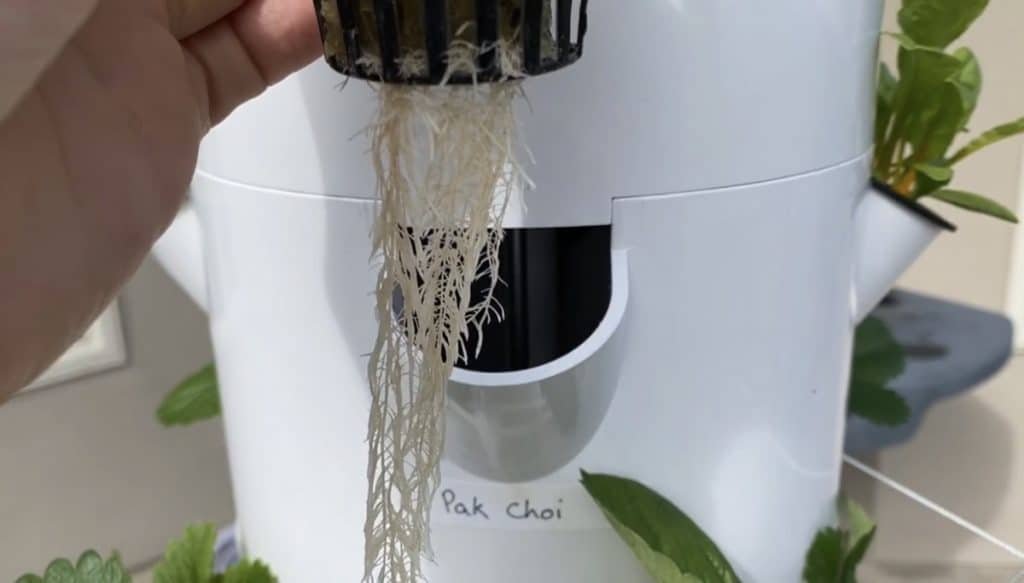
Aeroponics – The Early Years
One of the earliest known studies of aeroponics was documented in an article titled On Air Plant Cultures. The writing captured the work of V. M. Artsikhovski as he experimented with growing plants using the misting method. His experiments became one of the first practical implementations of aeroponics for cultivation.
The early decades of the 20th century saw slow progress in the development of aeroponic growing. There was much more focus on different Hydroponic techniques as alternative growing methods to traditional soil farming.
In 1957, a Dutch scientist called Frits Warmolt Went became the first person to grow plants aeroponically. He grew tomatoes and coffee by suspending their roots in a chamber, where they were sprayed with a nutrient mist periodically.
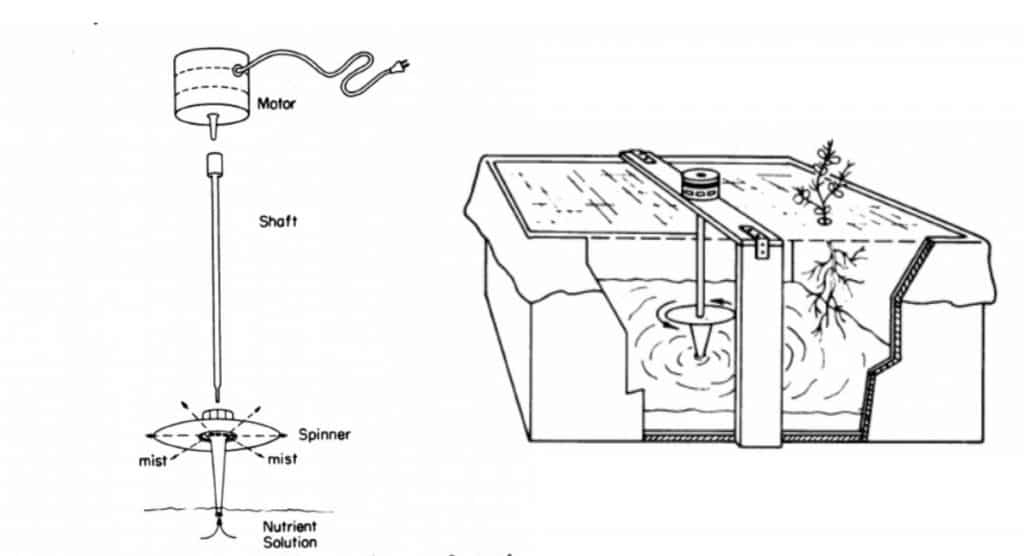
Epcot Center – Disney’s Involvement
Aeroponics kept a low profile for nearly three decades, before it emerged again thanks to Disney and a man named Richard J. Stoner.
Aeroponics regained public attention in 1982 when Disney’s Epcot Center opened a pavilion dedicated to the earth. To this day they grow crops indoors using Hydroponics, Aeroponics, and Aquaponics.
Epcot has 2.5 million square feet of greenhouses. So, it’s not a surprise that nearly all the food served in its restaurants grows on site. The theme park offers opportunities for scientists and students to research new planting techniques on its property.
That’s where NASA comes into the equation. Sensing that Aeroponics can be the technology used for growing plants on space missions, Epcot partnered with NASA. The partnership’s primary purpose was to determine new methods for growing plants aeroponically.
The partnership still stands today, with the pavilion making huge profits for Epcot. They also collaborated for the famous ‘Mission: Space’ reality ride at the theme park.
Aeroponics At Home
The same technology perfected at the Epcot Center is available to home and hobby gardeners today. The Tower Garden Vertical Aeroponic System was developed by a former Epcot employee as a Ready-To-Grow solution for anyone wanting to implement Aeroponics technology without the hassle.
This simple low pressure aeroponic system grows 20+ plants but takes up less room then an end table. The Tower Garden is delivered straight to your door and can be set up in under 30 minutes without the use of tools.
For more information on all the advantages of having a Tower Garden in your home check out What is a Tower Garden and How Does it Work?
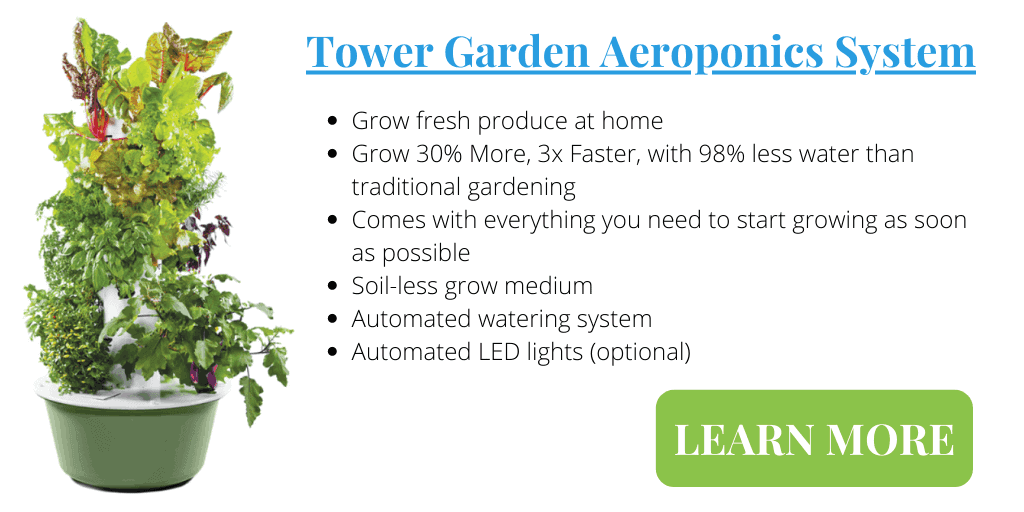
Richard J. Stoner – The Godfather of Aeroponics
About 30 years after Went’s experiments, a man named Richard J. Stoner used Aeroponics to grow plants in a greenhouse on his small farm in Colorado. He became one of the first Americans to implement the system.
Stoner’s success opened his eyes to the commercial implementation of the technology and in 1983 he filed for a patent for his own Aeroponic growing system.
He gained the patent in 1985, and he didn’t waste a second. He was the first man to commercialize the aeroponic growing method under the name of Genesis Technology, a company that Stoner founded. Stoner’s aeroponic device was called the Genesis Growing System.
The advanced oxygenation of the Genesis System was the genius behind the system. For the first time, Aeroponic technology was available to the masses in a simple and easy to use form. The system encompassed a closed-loop, sterile air environment suitable for growing almost any plant.
Years later, Stoner formulated a liquid treatment for Aeroponic plants called Organic Disease Control (ODC) derived from shellfish. The formula’s purpose was to aid the plant’s immune system in warding off diseases and reducing environmental stress.
NASA – The Rise of Aeroponics
Interested in the amazing possibilities that aeroponic growing demonstrated, NASA initiated a collaboration with Stoner in the 1990s that proved to be the cornerstone in the future development of Aeroponics.
For NASA, Stoner’s experience gave them a leg up on developing a system to grow plants and food in orbit while also reducing the need for using pesticides in tight spaces.
The partnership initiated between NASA and Stoner’s AgriHouse was a win-win situation. By working together, both sides were able to further their research and advancements in aeroponic growing technology.
NASA’s main goal of the research was to determine the antifungal response of growing plants during the space mission. They knew that the results could eventually lead them to new ways to grow healthy foods on space flights.
Additionally, developments could include systems to grow plants on other planets and for long term space travel.
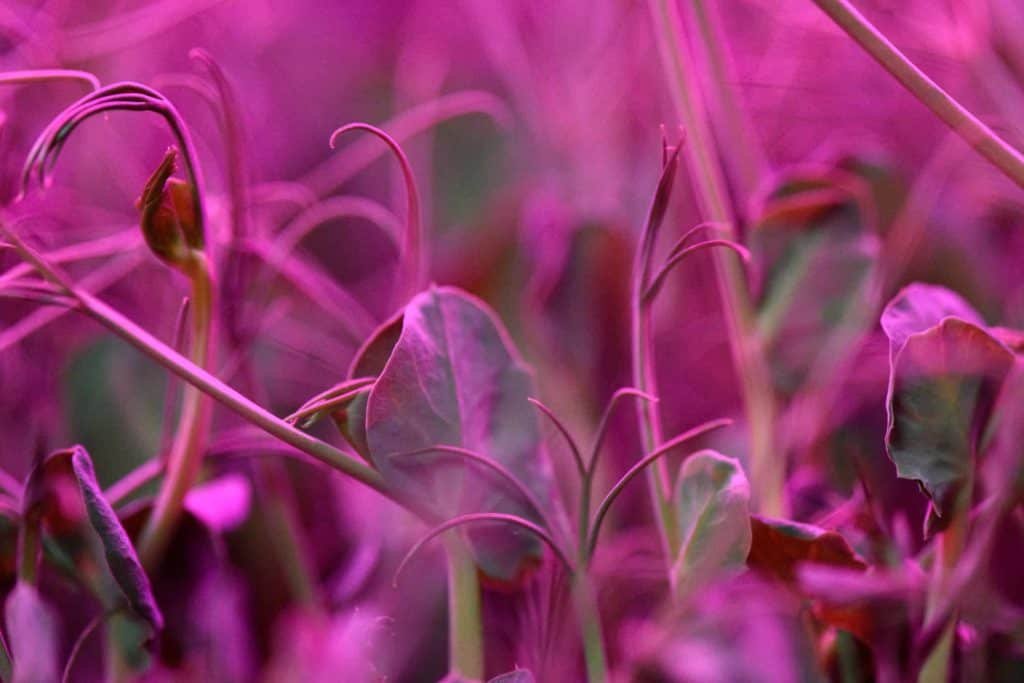
The Microgravity Experiment
Astronauts used adzuki beans for the real microgravity experiment. It’s an Asian seed that’s high in protein.
The technology was being implemented on earth on the same seeds in parallel with the experiment being done in space. The purpose was to study how both plants responded, despite the different gravitational conditions.
While NASA’s workers were crossing their fingers on earth, the seeds in space were exceeding the expectations. To the delight of everyone involved, the adzuki beans on the space flight grew bigger than those on earth.
Furthermore, the seeds that were treated with Stoner’s ODC formula showed less fungal infection than the ones that weren’t. The experiment was successful on all levels.
Success brings success. The fascinating results of the experiment led AgriHouse to get enough funding to conduct wider research on bio-pharming as a whole.
Aeroponics in the Laboratory
There have been many different scientists to further the evolution of aeroponics throughout history. A number of different research projects have brought new ideas and advances in different ways.
The ability to grow plants without using soil lends perfectly to the study of root growth because the roots are fully visible for examination. Control over the inputs is much easier as well because the amount and type of additives can be precisely controlled reducing the number of variables.
Carter – 1942
Carter went for the roots. He tried vapor mist as nutrition on pineapples. Growing his plants in an enclosed environment, Carter worked on monitoring the roots’ response to the new method.
His results led him to figure out that Aeroponics provides a reliable environment for experiments, seeing as it eliminates the chance of soil interference.
Hubick – 1982
Hubick studied both water stress and drought experiments.
He figured out that Aeroponics grown plants are less water-stressed than usual. One thing leads to another; this study led Hubick to discover that this method of maintaining water stress can make a difference in drought and flood experiments.
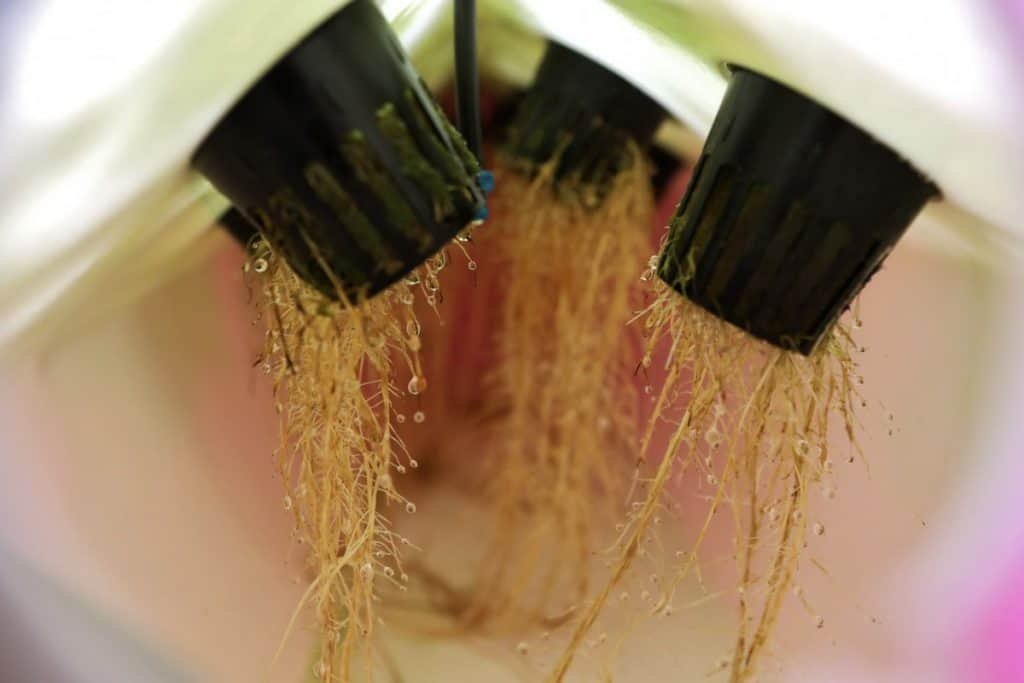
Robertson – 1990
Robertson used Aeroponics to track how drought can affect the root development in plants. Using a sunflower for his study, he found out that drought messes with the movement of abscisic acid in the roots.
He reached this conclusion by varying the duration of the misting process over days throughout the study.
Barak – 1996
Barak went for a completely different approach. He decided to study nutrition uptake on cranberries that are grown aeroponically. Consequently, the results led to further water stress studies.
He found out that you could make an accurate calculation of the nutrient uptake by measuring the input solution’s volume. This result led Barak to consider Aeroponics as an ideal study of water stress.
The Science Behind Aeroponics
Among the first things we learn about plants is the photosynthesis process. For it to happen, the plant needs oxygen to be able to break down sugars into energy.
Aside from the warmth and stability that the soil provides, it also allows the plant to receive oxygen. Additionally, it’s the medium that the plants use to distribute nutrients.
The thing about Aeroponic systems is that they provide more oxygen to the plant than roots buried in soil do. With the roots suspended in the air, they’ll get all the necessary oxygen without the need for the dense medium of the soil.
Another reason Aeroponics is considered successful is the efficient way at which plants receive their nutrients. The system that depends on pumps and nozzles ensures that only a little amount of water is used. Furthermore, closed loop systems are more water-efficient since they continually recycle any nutrient solution not absorbed by the plants.
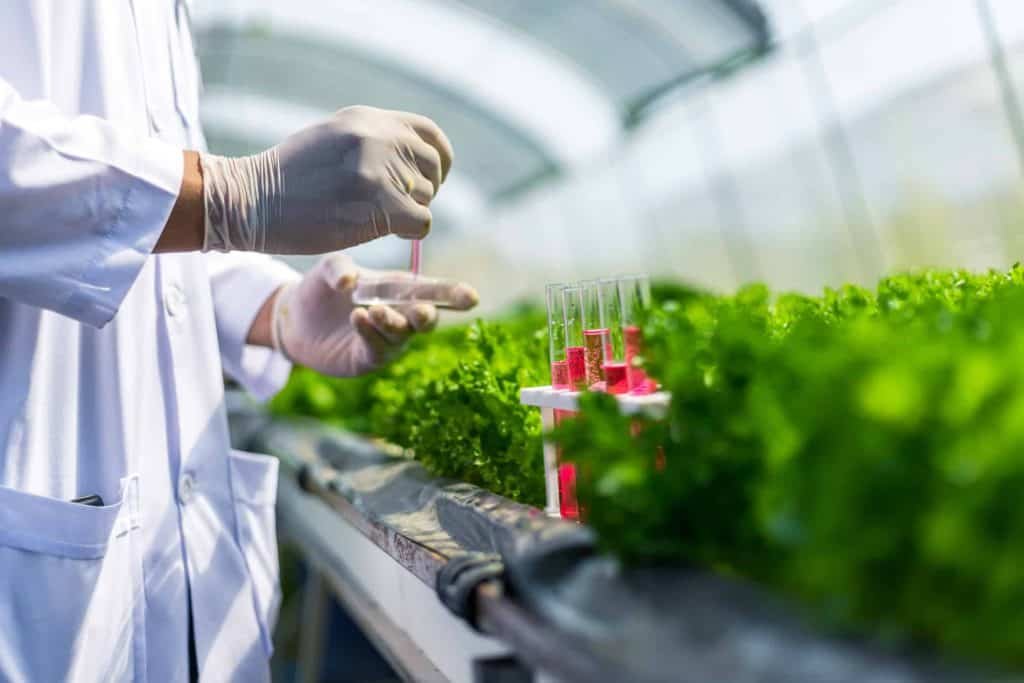
Final Thoughts
Growing with aeroponics is quickly becoming one of the most popular ways to feed the world’s growing population while reducing water usage, fertilizers and the need for land. Indoor vertical farming is at the forefront of this trend with new business being created to supply urban centers with local produce.
Whether you’re a commercial grower or just want the benefits of healthy and sustainable food at home, growing with aeroponics is hard to beat.
